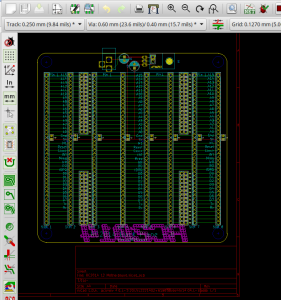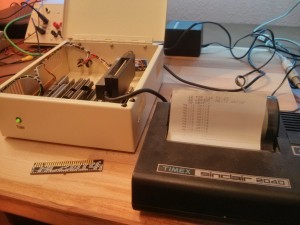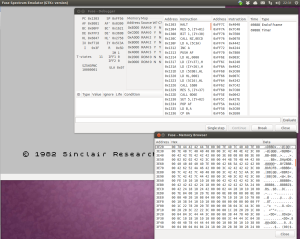So, all the way back in deepest darkest December, I announced I would enter the Retro Challenge 2016 competition that ran throughout January. Those of you that followed by blog or Twitter account when I did this in 2014 will know that I blogged and Tweeted relentlessly for the whole month, but, this time around, almost nothing. Obviously, I’m keeping some secret about an amazing breakthrough or something, right? Well, truth is, I’ve done almost nothing.
Things started well, and on 1st January, I designed a new backplane for the RC2014. Although I hadn’t studied the circuit diagrams for the ZX81, Jupiter Ace or ZX Spectrum yet, I knew that there were resistiors between the Z80 CPU and other devices. The stripboard backplane I’d been using had served me well, but it was time to progress to a better solution, and one that could be adapted better to my needs. Knowing that PCB delivery times could be against me, I thought it best to crack on and get this ordered.
The basic circuit is very very simple – however, I wanted to get this just right, not only for Retro Challenge 2016, but for other possible RC2014 uses. Essentially, there are 8 40 way connectors that are linked straight through – however, the data lines and address lines for the leftmost 2 connectors and rightmost 2 connectors are separated by a pair of pads. These can either be shorted together for up to 8 commoned connectors, or have resistors soldered across them. I also added a power connector and the option of either running 5v directly in to the board, or regulating a higher voltage down via a LM7805.




